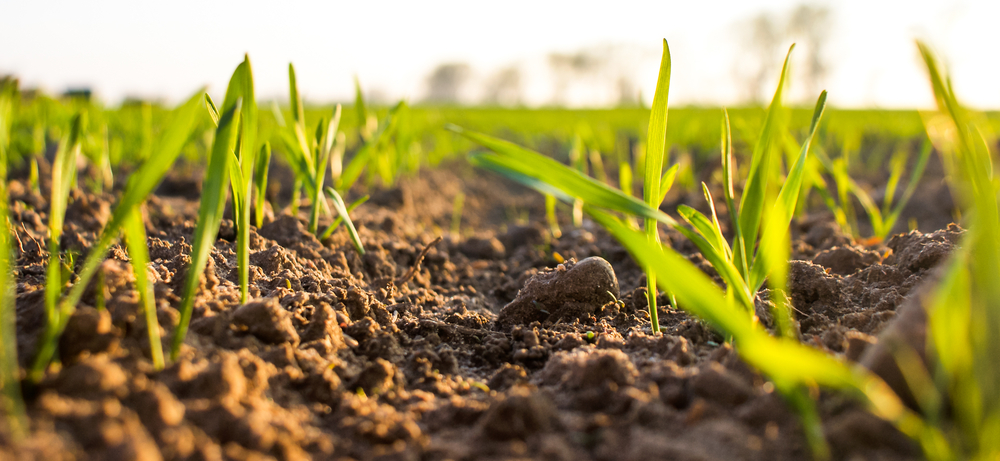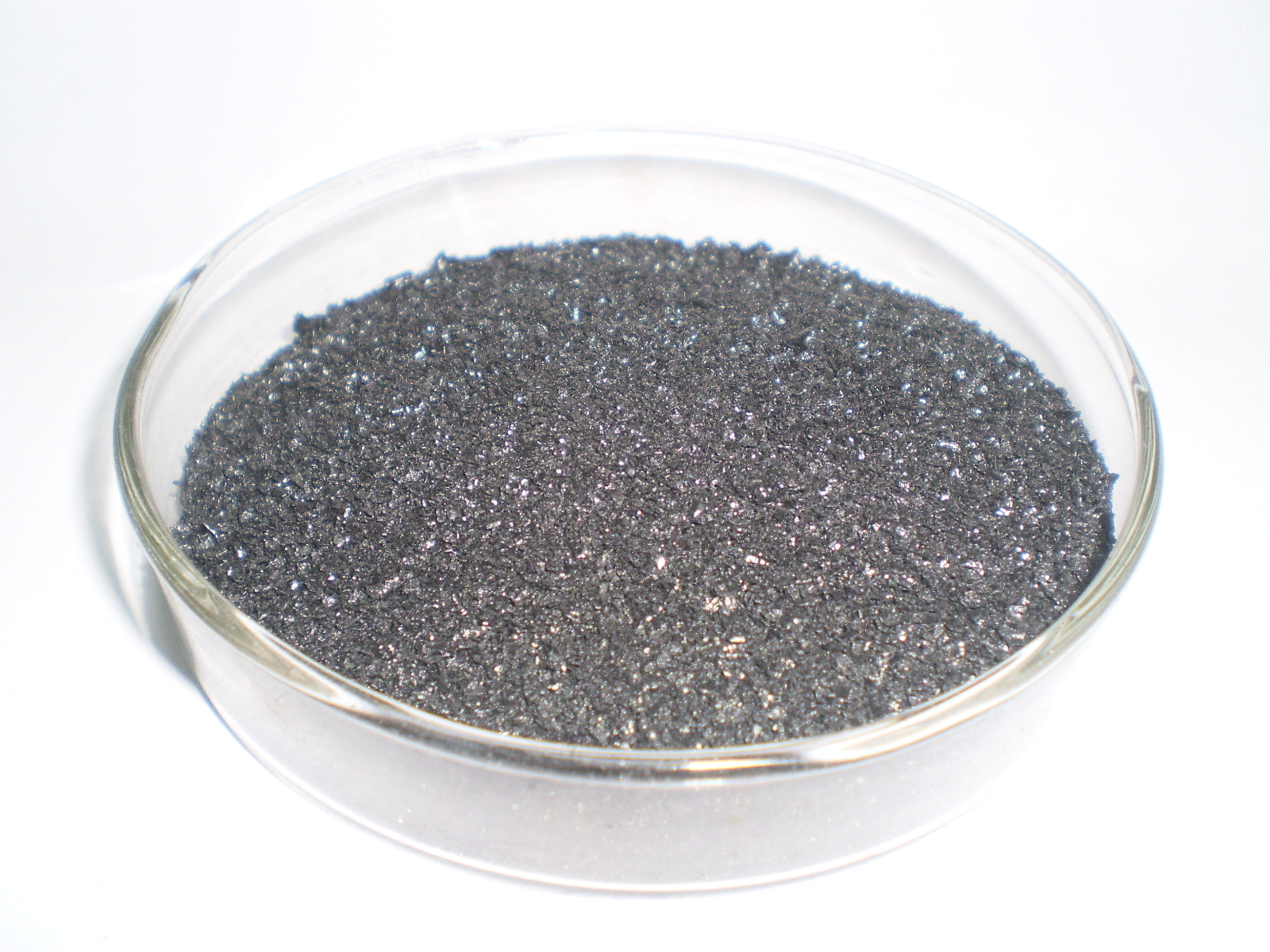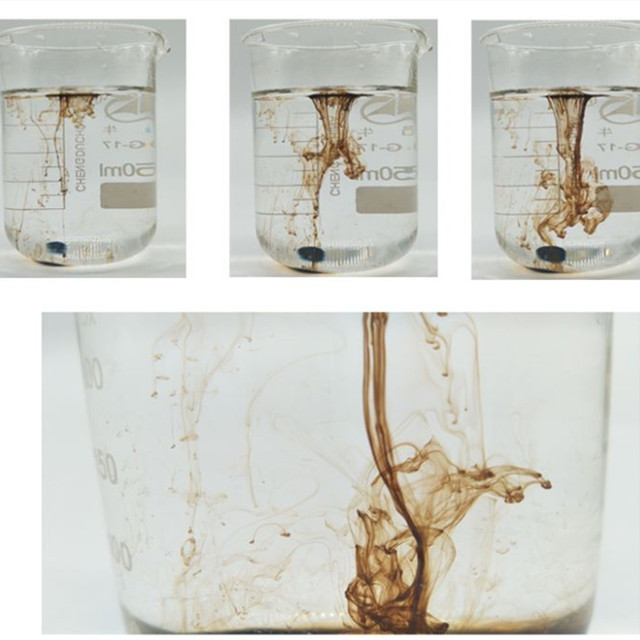It is theorized that Leonardite shale originated from trees and other vegetation, which grew during the carboniferous period when most of North America was a tropical type forest. Over the ages, the vegetation underwent compaction and heating, slowly carbonizing and forming coal. Through this compaction, organic acids and esters present in the vegetation were squeezed out, forming a pool on top of the lignite bed. This pool dried, aged, and eventually formed Leonardite shale. The vegetative origin of the Leonardite shale indicates this material is humus and contains Humic Acids. The content of Humic Acids within the Leonardite shale is variable with the location of deposits found throughout the world. Those deposits in the North Dakota area are among the most pure in the world containing 80 to 90 percent Humic Acids. Any one of the other sources of Humic Acids, including pear, muck, green, or animal manures, can be beneficial to plant growth when incorporated into the soil. Leonardite shale is an easily available and concentrated form of Humic Acids, making it the subject of much research work and commercial use.
Humic acid is made up of three different compounds, organic matter, humus, and humic substances. Organic matter is the plant and animal residue in the soil at various stages of decomposition. Humus is the end product of microbial degradation. Humic substances are naturally occurring organic materials with high molecular weights that are not easily degraded. The importance of humus, humic acids, and humates has long been recognized, but neither fully understood nor appreciated.
Soil organic matter is plant and animal residues in the soil at various stages of decomposition. Tissue is both the primary source of food for soil microorganisms during decomposition, and the primary source of soil organic matter. When plant tissue is added to the soil three basic actions take place. First, the bulk of the material is converted to carbon dioxide, water, and energy through enzymatic oxidation. Second, elements such as nitrogen, phosphorous and sulfur are either released or immobilized in separate reactions. Third, microbial resistive compounds are formed through modification of compounds in the original plant tissue, or by microbial synthesis. During the enzymatic changes of soil organic matter, simple products, such as carbon dioxide and water, appear immediately. Other products, such as nitrate nitrogen, appear only after the initial peak of vigorous activity has subsided.
Humus is the end product of the microbial decay of organic matter. Humus contains both humic and non-humic material. Humus is relatively stable and fairly resistant to further rapid breakdown. Humus is a tremendous food source for soil microflora. Components of humus are oxidized or mineralized and then utilized by plants. Humus is now known to include a broad spectrum of organic constituents, many of which have their counterparts in biological tissues.
Leonardite and humic acid



